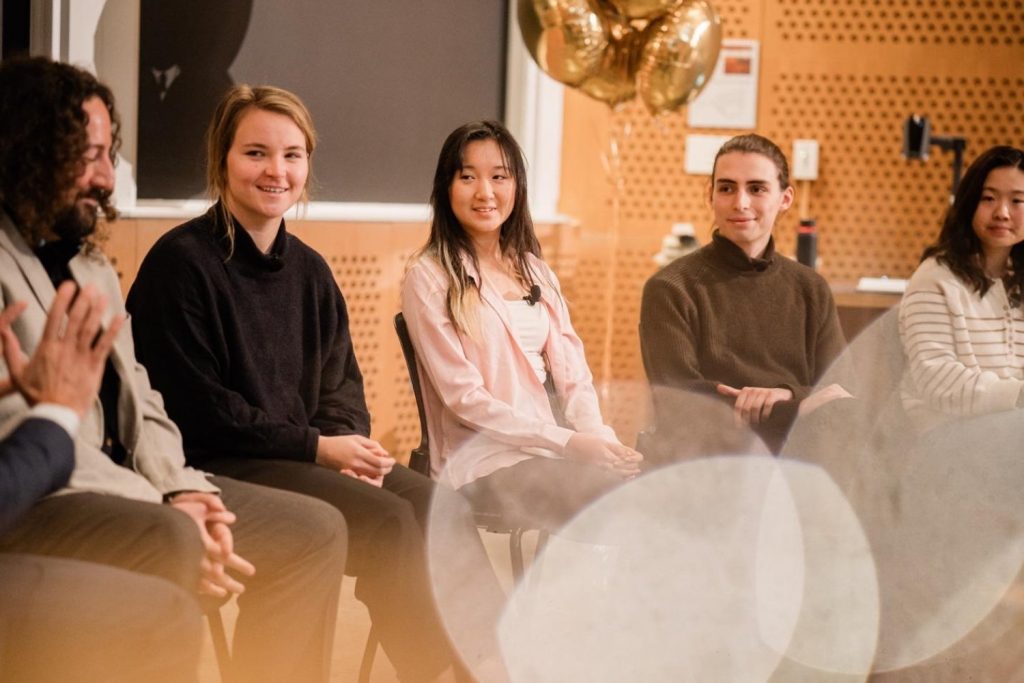
Leveraging Generative AI for Learning and Work
At the MIT Festival of Learning 2024, the community explored how generative AI could be leveraged to enhance learning experiences and effectiveness. The event, co-sponsored by MIT Open Learning and the Office of the Vice Chancellor, served as a vibrant platform where key stakeholders – faculty, students, staff and alumni, gathered, shared ideas and celebrated teaching best practices. One theme was consistent, generative AI should enhance, not replace, learning experiences.
Entwining Generative AI in Learning Journeys
Faculty and instructors at MIT are no strangers to experimenting with generated AI. They believe it to be a sophisticated tool to equip students with much-needed skills for future workplaces. Experts like Melissa Webster, lecturer in managerial communication at MIT Sloan School of Management, deem it necessary to incorporate generative AI in teaching processes progressively instead of awaiting a future state.
The advent of AI has motivated educators to revisit their courses, redesign assignments, and set learning outcomes tailored to an AI-influenced world. For instance, Webster uses ChatGPT, a tool by OpenAI to produce writing, and then asks students to critically analyze content from a future hiring manager’s perspective. This exercise offers a valuable lesson in refining generative AI prompts and developing strategic skills.
Educational Innovations with Generative AI
Takako Aikawa, senior lecturer at the MIT Global Studies and Languages Section, adopted a similar approach in her vocabulary exercise to foster a deeper understanding of the Japanese language. Her students were encouraged to compare short sentences written by themselves and by ChatGPT and expand their vocabulary and grammar patterns beyond the textbook.
In addition to the academic facets, MIT students are employing generative AI for efficiently managing their presentations, summarizing notes, and retrieving specific ideas from long documents. The technology’s scope extends to offering creative solutions and personalizing learning experiences, catering to students with different backgrounds and abilities, making the material more graspable and contextual.
Generative AI in K-12 Lessons and Beyond
For instance, generative AI has a significant role to play in student-centered learning at the K-12 level. Representatives from educators around the globe, like Joe Diaz from the MIT pK-12 Open Learning, promoted learning experiences where students assume ownership. Generative AI, unlike a deterministic tool, allows for more possibilities and thus encourages students to question, understand discrepancies and learn effectively.
Beyond educational applications, generative AI is also being used in professional contexts. However, its introduction must come with careful guidance and the development of critical thinking skills. This guidance will enable students to discern the accuracy of the information generated by AI.
Critical Analysis of Generative AI’s Input
Instructors and faculty emphasize the importance of critical thinking when interacting with any product of AI. Ana Bell, senior lecturer at the Department of Electrical Engineering and Computer Science, for example, dedicated a class task on using generative AI for programming problems. The intent was to help learners understand the necessity to critically analyze AI generated responses and not blindly accept them.
Through experiences like these, students are encouraged to not only work with generative AI but also learn how to question its outputs, understanding the processes, limitations, and inherent biases. Thus, it reinforces the idea of generative AI as a support tool to enhance learning and stimulate thought processes rather than a replacement for the cognitive function itself.
Generative AI: A Complement to Traditional Learning
In sum, MIT’s Festival of Learning showcased the potentials of generative AI as a productive tool for complementing traditional learning methods. Incorporating AI into the teaching process would not only stimulate engagement but also help students hone critical thinking skills. This is yet another brilliant instance of balance between ‘mind and hand’. The attendees agreed on fostering a spirit of healthy skepticism towards AI and not taking it as the absolute truth. As AI continues to evolve and become more prevalent in our lives, it’s essential to use it responsibly, striving to understand the mechanisms behind the on-screen magic.

